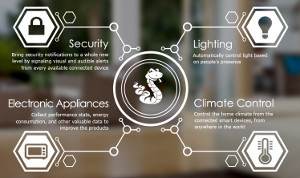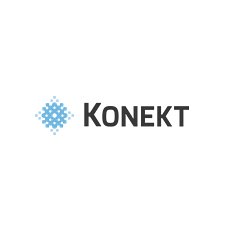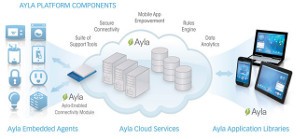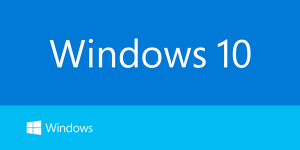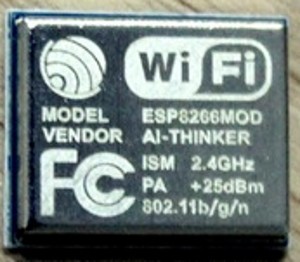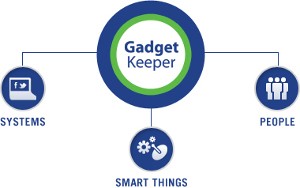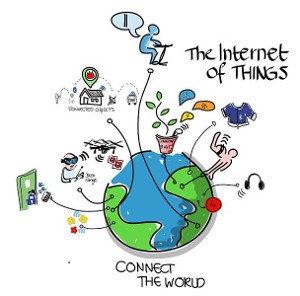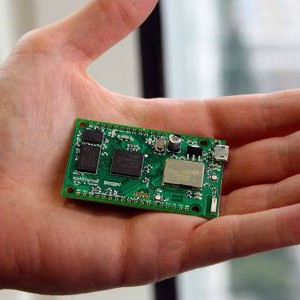The Lightweight Machine-to-Machine Enabler (LWM2M) is a new standard for the management of devices in machine-to-machine and Internet-of-Things applications. LWM2M is particularly aimed at resource-constrained end-node devices in applications such as Wireless Sensor Networks as well as Machine-to-Machine applications where bandwidth is constrained – for example where cellular connectivity is used to network remote devices.
Many devices in the growing industrial and commercial M2M and Internet-of-Things markets require some device management – devices need to be remotely switched on and off, woken up and put to sleep, sent remote requests for sensor data transmission, configured, provisioned, or remotely updated with new firmware.
In short, these devices call for protocols and services to effectively support them with device management, service enablement and application management. The design goal of LWM2M was to create a mechanism that is not only suitable for relatively powerful devices like smartphones or Wi-Fi routers, but also caters to the needs of more constrained devices – end-node IoT devices with low-cost hardware, with very limited memory or CPU capability, or devices that run off batteries with very low power budgets.
LWM2M is being developed by the Open Mobile Alliance – a collaboration of many companies working in the M2M service provider, software, hardware and system vendor space. For example ARM and Sensinode are just a couple of the companies involved in the Alliance.
As LWM2M is built on top of open standards defined by groups such as the Internet Engineering Task Force, it allows for interoperability between different devices and manufacturers, avoiding lock-in to proprietary standards.
For example, the LWM2M protocol stack is built on top of the Constrained Application Protocol (CoAP), which is an open IETF standard, as the underlying transfer protocol that is carried over UDP or SMS. CoAP is optimised for communications in resource-constrained or bandwidth-constrained network environments, which makes it well suited to Internet-of-Things applications, enabling the use of low-cost microcontrollers in prolific network-connected devices.
The decoupling of machine-to-machine products from their proprietary, vendor-specific management systems through the adoption of open interfaces and open standards can, theoretically at least, also accelerate innovation in the M2M/IoT markets both on the device side and on the server side.
In essence, LWM2M is a communications protocol running between LWM2M software clients running on all sorts of embedded end-node devices and LWM2M servers running on the M2M management platforms for these devices. The LWM2M protocol includes robust security of all communications between the client and the server using Datagram Transport Layer Security (DTLS), which provides a secure channel between the LWM2M client and the server for all messages interchanged.
The DTLS security modes supported by LWM2M include both pre-shared-key and public-key modes, providing support for robust security across both more capable embedded devices as well as very resource-constrained devices where public-key authentication is not practical.
LWM2M supports UDP binding with both CoAP and SMS, meaning that communication between the LWM2M server and the client can happen over SMS or CoAP, and low-cost basic cellular modems that can communicate over SMS without Internet connectivity can be used to build LWM2M networks.
This also means that LWM2M-equipped networks can be deployed almost anywhere in the field, without the need for modern Internet-capable telco mobile network infrastructure – the network only needs to be able to support SMS messaging.
LWM2M provides an extensible object model that enables application data exchanges in addition to the core device management features such as firmware updates and connectivity monitoring.
A RESTful style of architecture is applied to this, where the items to be managed on a remote device are considered “resources”. Uniform Resource Identifiers, or URIs addresses these resources on the network, which are much like the familiar URLs used on the Web.
Built-in resource discov ery is supported using the CoRE Link Format standard, making the discovery of new resources on the network relatively easy. Related resources are grouped together into Objects, and this helps to cut down on processing overhead as the M2M client and the server on the platform side have a common understanding of what a certain resource actually is, by understanding the properties of an object that it is a part of – for example the manufacturer’s name, the type of network the device is currently connected to, the signal strengths of the cellular connection it uses, or other relevant properties.
ery is supported using the CoRE Link Format standard, making the discovery of new resources on the network relatively easy. Related resources are grouped together into Objects, and this helps to cut down on processing overhead as the M2M client and the server on the platform side have a common understanding of what a certain resource actually is, by understanding the properties of an object that it is a part of – for example the manufacturer’s name, the type of network the device is currently connected to, the signal strengths of the cellular connection it uses, or other relevant properties.
Though the LWM2M specification comes with a set of predefined objects and resources, the set of objects is extensible. This means that other organisations and users can define new objects that are most suitable for their products and services in their particular corners of the M2M market.
The Open Mobile Alliance provides their LWM2M DevKit in the form of an add-on plugin for the Mozilla Firefox Web browser, which is an implementation of the Lightweight M2M protocol, which enables you to directly interact with a LWM2M server from the Web browser on your PC.
This allows developers and users to easily get started, to interactively explore and comprehend this new protocol for machine-to-machine communication.
However if you are interested in upgrading existing products or developing new M2M-capable devices that could benefit from this new lightweight M2M initiative, getting started is easy. We invite you to join us for an obligation-free and confidential discussion about your ideas and how we can help bring them to life – click here to contact us, or telephone 1800 810 124.
LX is an award-winning electronics design company based in Sydney, Australia. LX services include full turnkey design, electronics, hardware, software and firmware design. LX specialises in embedded systems and wireless technologies design.
Published by LX Pty Ltd for itself and the LX Group of companies, including LX Design House, LX Solutions and LX Consulting, LX Innovations.

